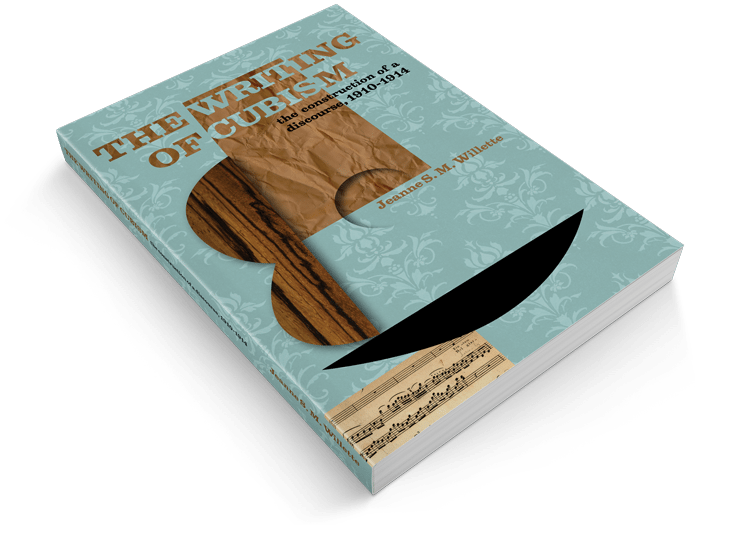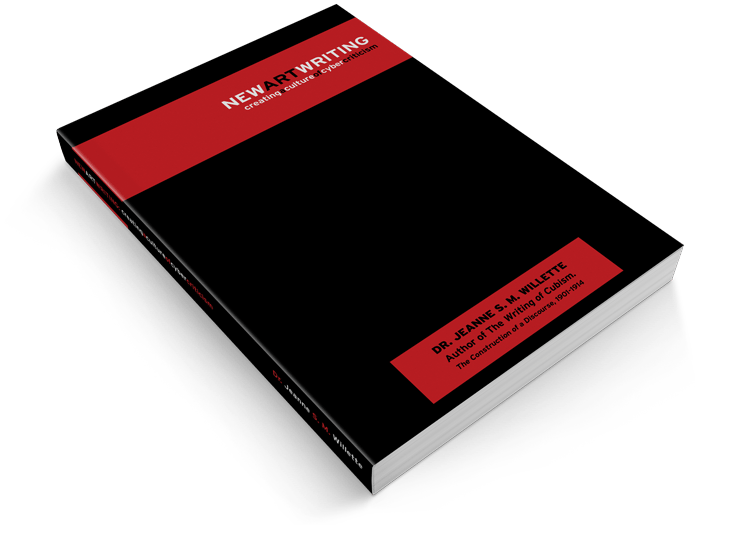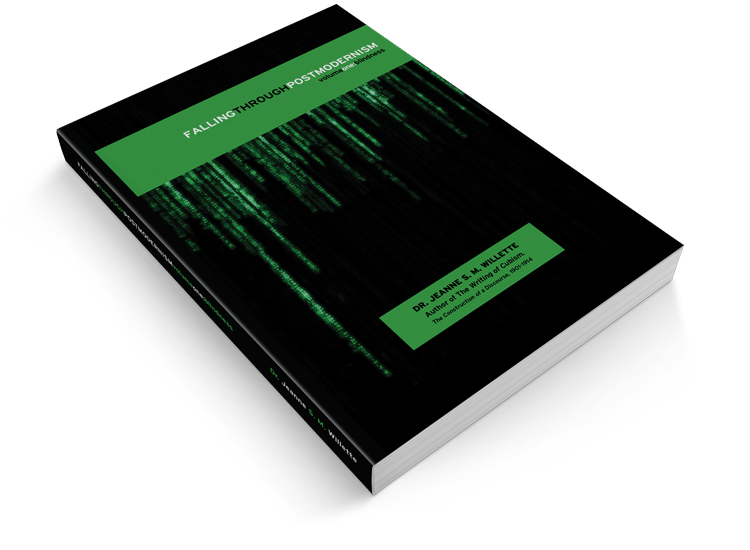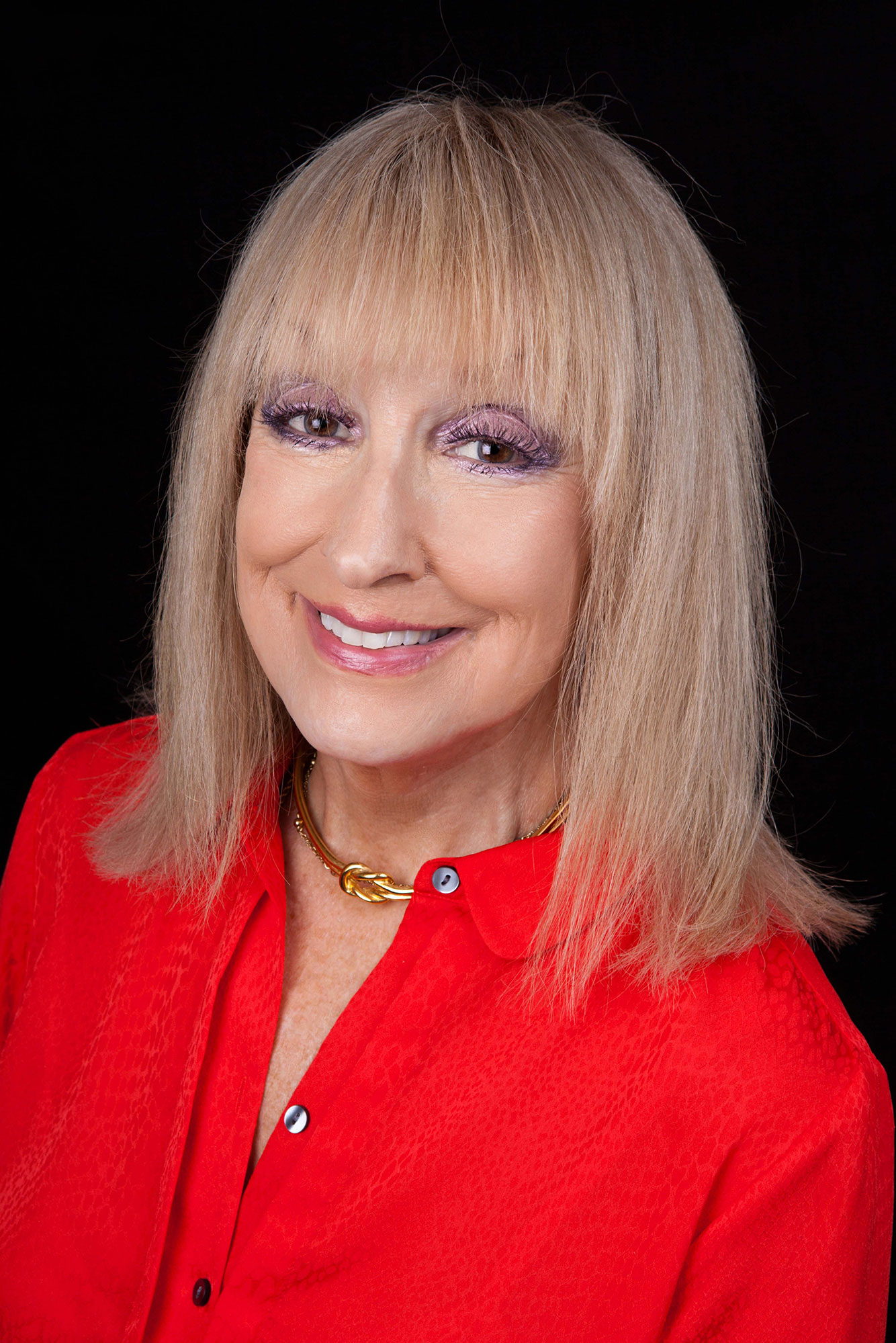Dr. Jeanne S. M. Willette – 3/12/19
Dr. Jeanne Willette unfortunately passed away in early 2019. She supported thousands of students in their exploration of art history during her career and was a valued colleague. This site, Art History Unstuffed, was one of her major contributions to those studying this field. Without Dr. Willette this site is not being updated with new content. While her web master, with support from her two sons, continues to maintain the site for the time being, a new generation of Art Historians is needed to carry the site into the future. If you are interested in participating or have other suggestions for this site, please click here to leave a note.
On line. At your convenience. In your own time. On your own terms.
For too long art history has been held hostage by scholars speaking to scholars and not to people. The purpose of this site is to educate and to inform and to do so with respect to the intelligence of the readers. Designed as a site for serious students of art history in need of solid substantive material, Art History Unstuffed is written for Twenty-First-century learners who prefer reading “text-bytes” and “sound-bytes” of targeted information.
Written by Dr. Jeanne S. M. Willette, a published scholar who has researched and consolidated both well-respected classical sources and vetted the latest research, this site creates a middle ground between arcane scholarly jargon and informed discourse and presents a detailed account of Modern, Postmodern, Philosophy and Theory that is accessible to all readers interested in the history of the modern and contemporary periods.
Enjoy and Learn
This site is responsive to computers, cell phones and tablets and will resize for your reading convenience.
Art History Unstuffed is listed on the ACI Scholarly Blog Index.
For Students
For Teachers
For Artists
For Museums
Episode 22: Romanticism and Friedrich
CASPAR DAVID FRIEDRICH AND GERMAN IDENTITY
Caspar David Friedrich personified German Romanticism, producing paintings that became icons of the movement. Working in a nation under alien occupation, Friedrich found the intersection between pantheism and the alienation of human beings in a new and modern world. The serene and severe German landscape around Dresden and at the edge of the North Sea create a paradox between tragedy and hope. Through his landscape paintings, Friedrich transformed German Protestant beliefs into a transcendentalism—a worship of nature as God—into a patriotic statement during a period of French occupation. But Friedrich’s art has transcended its original time and place and today his paintings are considered early examples of modern alienation in the face of nature’s sublime.
Episode 21: German Romanticism
GERMAN ROMANTICISM AND THE SPIRITUAL PAINTINGS OF CASPAR DAVID FRIEDRICH
As with Spain, the key to German Romanticism is the presence of Napoléon’s “liberating army” on German soil. While much of Germany was loyal to the French emperor, especially the city of Dresden, the roots of German identity, which created the modern German nation, stem from this occupation by a foreign power. The expression of “German-ness” originate in the Romantic era with the rise of a unique German poetry, aesthetics, philosophy, and the visual arts. There are important similarities between American transcendentalism and German pantheism, a way of expressing the spiritual in an age of Enlightenment. The best know painter of the German feeling for the land was Caspar David Friedrich whose seemingly benign landscapes were also patriotic statements of a German artist.
Episode 20: Romanticism and Goya
ROMANTICISM IN SPAIN
GOYA AND WAR
Spain had been left out of the Enlightenment and there were those who were hopeful when a man of the people, Napoléon, became the leader of France. However, when Napoléon crowned himself Emperor all hopes of a new democratic age were dashed. Napoléon’s imperial ambitions began to ravage Europe and the trauma of a decade of war was an impetus for Romanticism. Indeed, Romanticism in Spain is the creation of Napoléon, who invaded the country of the court painter, Francisco Goya. Goya was a court painter and careful portraitist to the Royal Family until he was an unwilling witness to the invasion of Spain by French troops. Goya’s Romanticism is a mindset of outrage as he recorded the invasion and occupation of the French forces. The result is an art of the extremes: a Romanticism lived on the edge of fear and madness. More than any other modern artist, Goya captured the randomness of modern death and modern war and the lingering traumas that follow.
No Results Found
The page you requested could not be found. Try refining your search, or use the navigation above to locate the post.
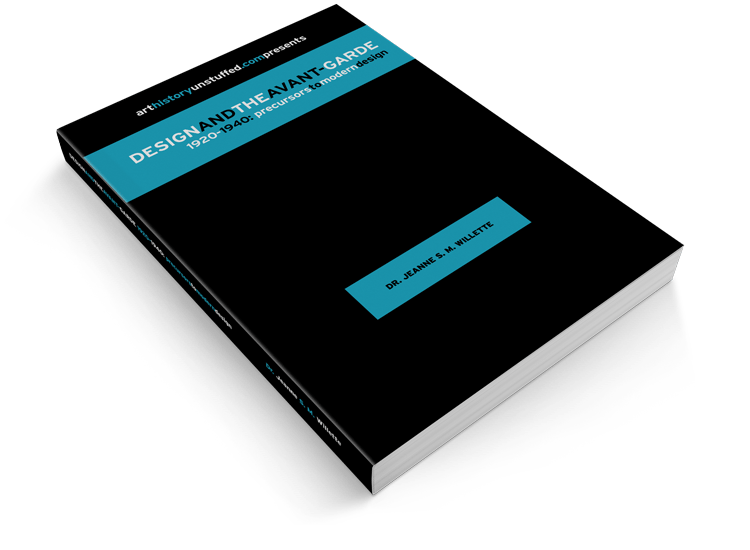
Dr. Willette is currently completing an entirely new kind of book on design, a book that is multi-modal. Offering multiple modes of output, this book offers the readers several ways of receiving information, slide shows, podcasts, texts and images. The interactive book, Design and the Avant-Garde, 1920-1940, will be divided into several volumes. Volume One will focus on the interconnections between art and design at the fine-de-siècle period, leading up to the creation of “modern” design.
